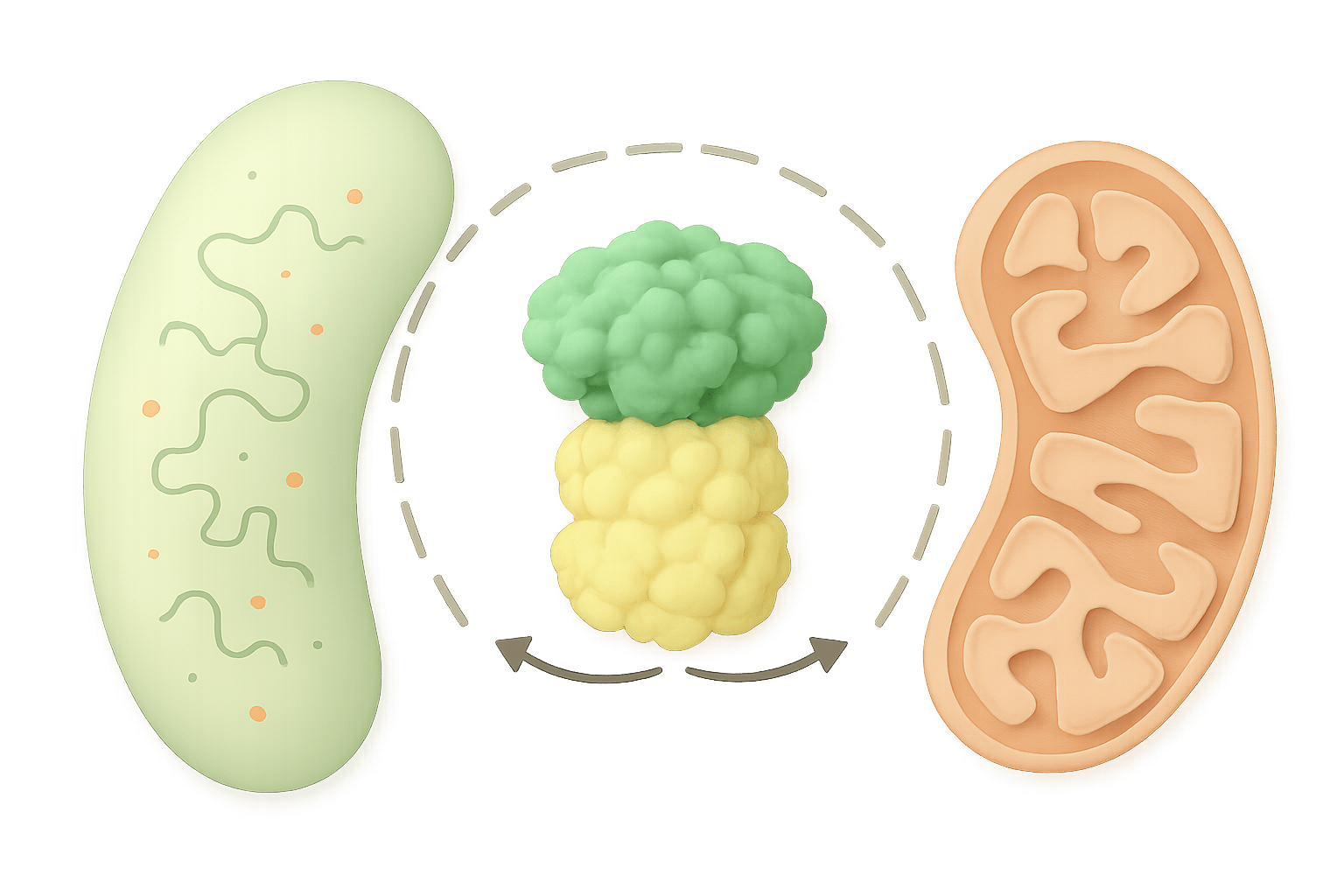Where Protein Breakdown Fuels Biological Breakthroughs
Our mission is to uncover how proteases conserved across species can be manipulated with chemical tools to drive therapeutic innovation.
Bacteria
ClpX
Mitochondria
Long ago, human cells adopted ancient bacteria to survive. Those bacteria became mitochondria, the “power plants” of our cells. Inside, tiny molecular machines (proteases) act like quality-control scissors, cutting apart proteins that are damaged or no longer needed. Our lab studies how these protein-cutting systems work, what happens to the pieces they leave behind, and how we can use them to design new medicines. Because many of these proteases are conserved from bacteria to humans, they also provide a unique window into bacterial protein degradation, opening new opportunities for antimicrobial therapies. The Loy lab combines innovative chemical biology, synthetic chemistry, high throughput screening, and multi-omics to build a platform for both discovery science and translational impact.
Research
We are developing innovative approaches to control protein fate by bringing target proteins into close proximity with cellular degradation machinery. Our work spans multiple organisms, enabling us to uncover conserved principles of targeted protein degradation and to engineer species-specific tools. By combining chemical biology, proteomics, and rational design, we aim to build modular platforms that can precisely manipulate protein stability in diverse biological systems.
Designing Proximity-Based Strategies for Protein Degradation Across Species.
Substrate Mapping and Metabolic Reprogamming
We are systematically mapping the substrates of key proteases and other regulatory enzymes to reveal their roles in shaping cellular physiology. By integrating proteomics, metabolomics, and computational analysis, we identify how these enzymes control metabolic pathways and cellular decision-making. This knowledge enables us to reprogram metabolic networks with chemical or genetic interventions, offering new strategies to restore homeostasis or exploit metabolic vulnerabilities in disease.
High Throughput Ligand Discovery
We design and synthesize diverse libraries of peptidomimetics to explore the chemical space surrounding bioactive peptides. By systematically varying backbone structures, side chains, and functional groups, we create molecules with enhanced stability, selectivity, and cell permeability. These libraries enable high-throughput screening for modulators of proteases and protein–protein interactions, accelerating the discovery of next-generation therapeutic leads and chemical probes.

